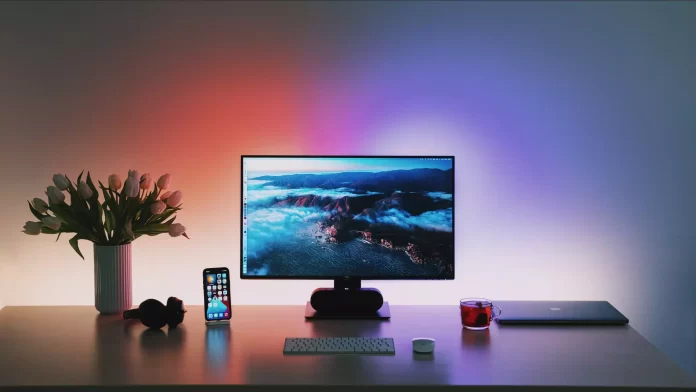With the rapid development of technology, many users are wondering what features are really important when choosing a monitor. Despite the growing power of modern graphics cards, achieving high image quality depends largely on having a monitor that can keep up with the times. One of the key factors affecting image quality is the screen refresh rate, a parameter that determines the class of the monitor.
Refresh rate shows how many times per second the monitor updates the image on the screen. The higher this parameter, the smoother the movements look. Now the standard is 60 frames per second, more modern monitors can show 144, 165 and even 256 frames per second.
60 Hz vs. 144 Hz – a noticeable difference
For a long time, 60 Hz was the standard for LED TVs. But with the advent of new displays capable of operating at higher frequencies, predetermined the emergence of monitors with a frequency of 144 Hz and above. Anyone who has played at 144Hz is unlikely to want to go back to 60Hz. Even simple movements such as moving the mouse cursor or scrolling feel much smoother and more responsive. If you want to know why 144Hz was chosen over 120Hz, the explanation is very simple, technically it makes no difference for the monitor to run at 120Hz or 144Hz, but since they have no problem supporting 144Hz this standard has been agreed upon between video card manufacturers and monitor manufacturers to jointly support this standard. Also later the 165Hz standard was realized, which is not as common as 144Hz.
When to look at 240Hz and above
Monitors with 240Hz refresh rates are becoming increasingly popular among competitive gamers and sports professionals. While the transition from 144Hz to 240Hz isn’t as significant as going from 60Hz to 144Hz, it still offers tangible benefits in response speed and image fidelity during long gaming sessions.
If you’re serious about gaming and your hardware supports this technology, it’s worth upgrading to a 240Hz monitor right away. For those seeking the absolute pinnacle of performance – especially in sports – a 360Hz monitor will be a better choice.
Choosing the right refresh rate
In the end you should understand that monitors with super high frequencies will work at this frequency only with high-end video cards and not the fact that by setting super high frequency you will synchronize your video card and monitor, all manufacturers modestly say in the description, if when setting a high frequency your monitor flickers reduce the frequency. And when watching video, it is absolutely not important, as video content as a rule has a frequency of 60 or 120Hz. Ultra high refresh rates can be achieved only on high-end displays, so such monitors are very expensive and not always the purchase of such a monitor is justified.







I’ve been using a monitor with a 60 Hz refresh rate for years now and I can tell you that it’s definitely not the best option. I switched to a monitor with a 120 Hz refresh rate and my eyes have never felt so good. If you’re thinking about switching to a monitor with a higher refresh rate, I highly recommend doing it!